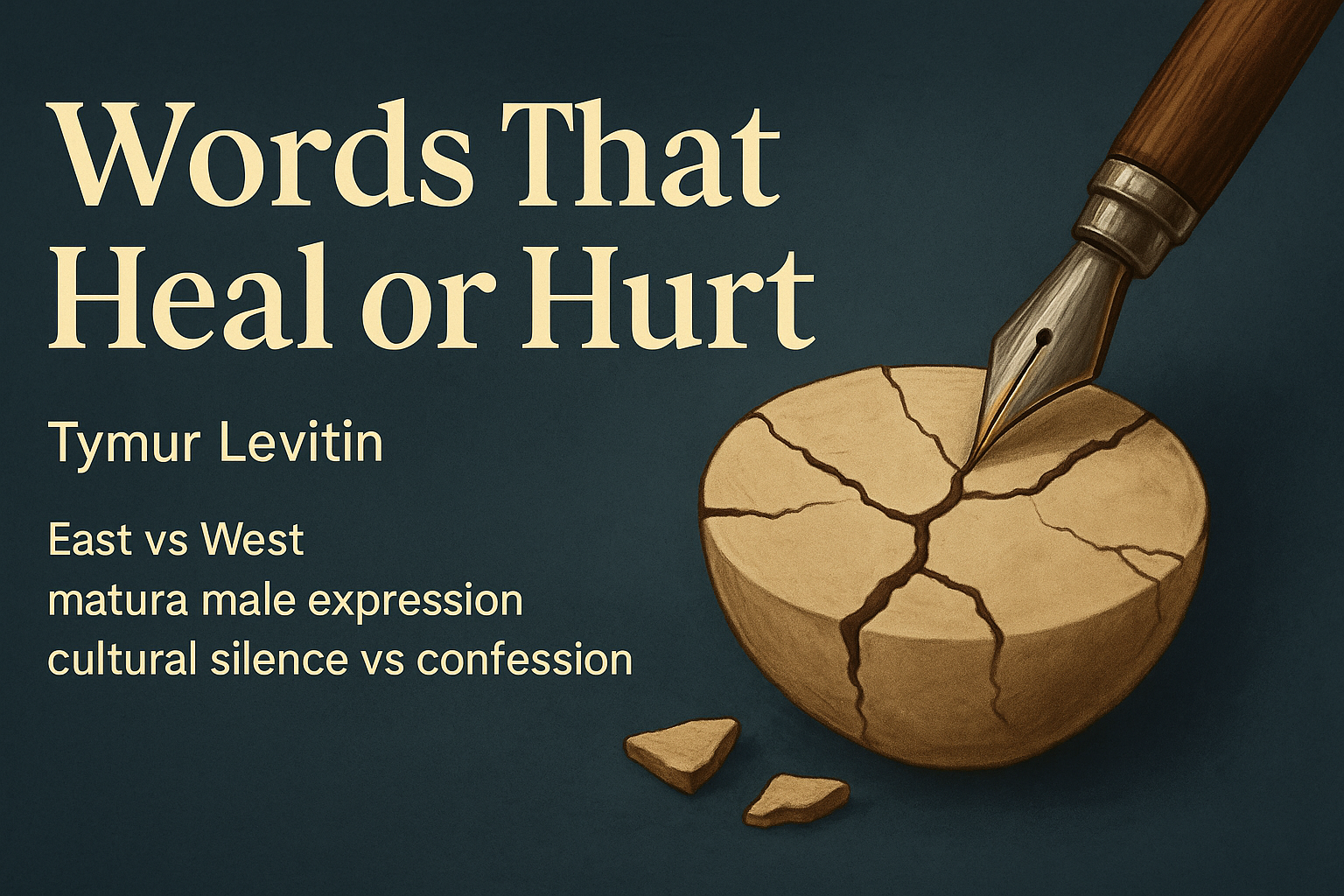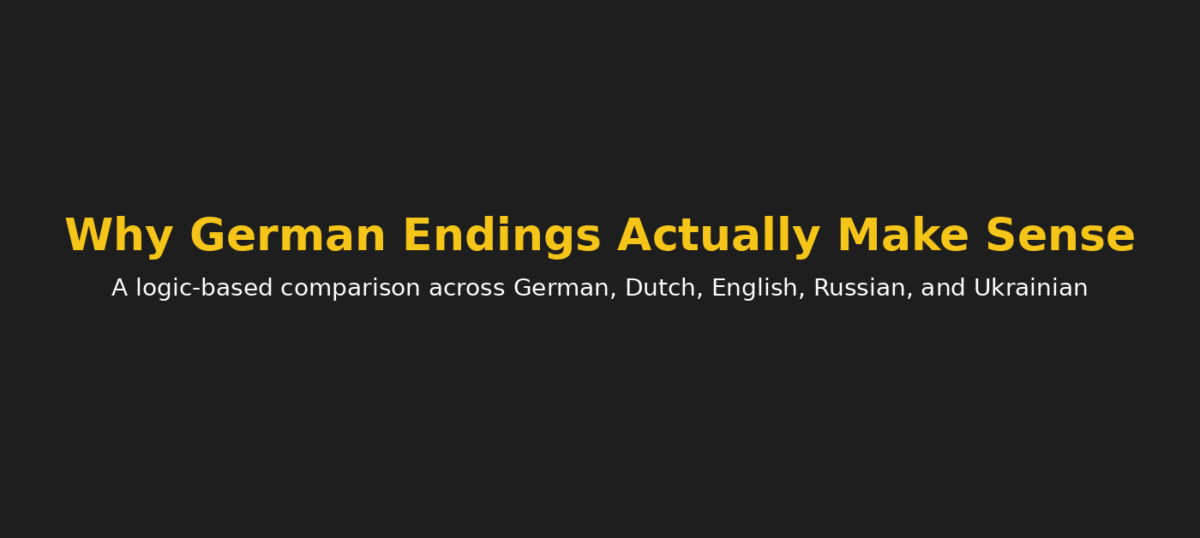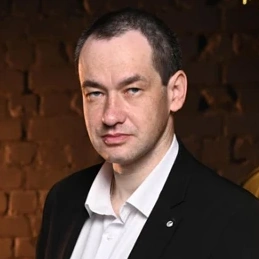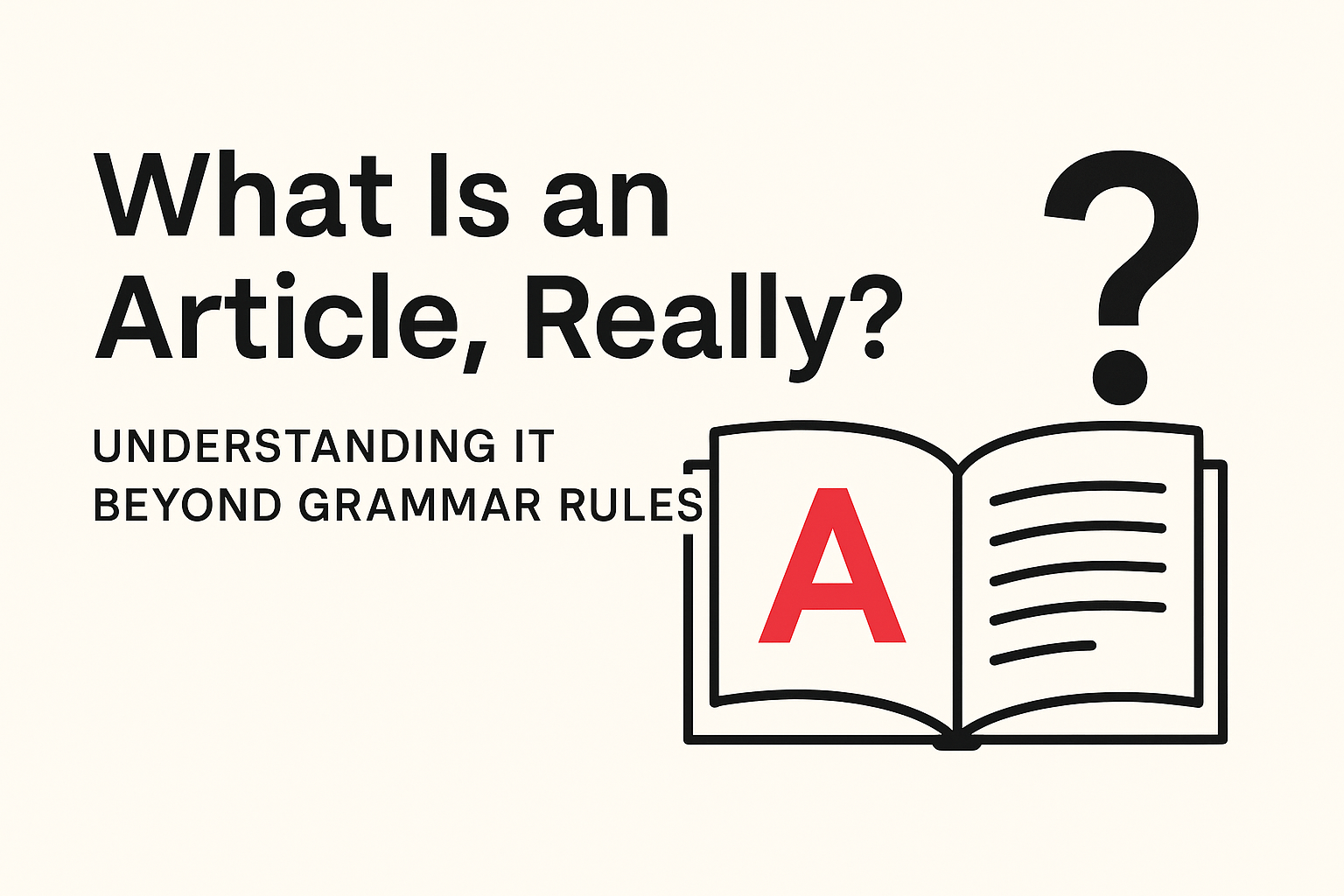Autorenkolumne von Tymur Levitin
Language. Identity. Meaning. Practice.
Imagine this.
A teacher explains a grammar rule. A student listens carefully, then asks:
“Why is it like that?”
And the teacher, still young and full of knowledge, but not yet full of experience, answers honestly:
“Well, that’s just how it is.”
The student frowns. That’s not what they were hoping to hear.
This article begins with a real conversation between one of our team’s teachers and her adult student. The student already speaks several languages — Russian, Ukrainian, English, and Dutch — and is now learning German. She wanted a real answer. Not a rule. Not a chart. But something that makes sense to her.
And I’m proud of my colleague. She didn’t get defensive. She didn’t shut the question down.
Instead, she came to me and said:
“This is what happened. And I want to understand it better.”
This article is the result of that conversation.
A Grammar Rule Is Never Just a Rule
Before we look at endings, let’s agree on something:
Languages do not begin with grammar.
They begin with people.
With speech.
With comfort and clarity.
Only later do linguists come and describe the patterns. So when something becomes “a rule,” that usually means:
“This is what has worked well for generations.”
But every language answers this question differently.
Some Endings May Be Different — But the Logic Is Often the Same
Let’s compare what we say in different languages for the verb “to go”:
| Person | Russisch | Ukrainisch | Englisch | Deutsch | Niederländisch |
|---|---|---|---|---|---|
| I | иду | йду | I go | ich gehe | ik ga |
| You (sg) | идёшь | йдеш | you go | du gehst | jij gaat |
| He/She | идёт | йде | he/she goes | er/sie geht | hij/zij gaat |
| We | идём | йдемо | we go | wir gehen | wij gaan |
| You (pl) | идёте | йдете | you go | ihr geht | jullie gaan |
| They | идут | йдуть | they go | sie gehen | zij gaan |
Now let’s look closer:
- In Russisch and Ukrainian, the endings change with every pronoun.
- In Englisch, the only ending change is -s for third person singular.
- In Deutsch, we see a pattern of -e, -st, -t, -en, -t, -en.
- In Dutch, it’s similar — though pronunciation differs.
So, why does German use “-st” in du gehst?
And “-t” in er geht?
Because that’s what sounds clear, short, and logical.
Die sh in Russian идёшь and the st in German gehst reflect the same idea — it’s the “you” form. Just expressed differently.
What about er geht?
Compare it to он идёт oder він йде.
Different endings. Same function.
So yes — endings differ.
But the deeper you go, the more you see they’re solving the same problem:
“How do I say who’s doing the action?”
What About Nouns and Gender?
Let’s take a quick look at singular/plural forms:
| Language | Singular (Neutral) | Plural |
|---|---|---|
| Russisch | лето | лета |
| Deutsch | das Jahr | die Jahre |
| Niederländisch | het jaar | de jaren |
Or gendered professions:
| Role | Russisch | Deutsch | Niederländisch |
|---|---|---|---|
| Actor (m) | актёр | der Schauspieler | de acteur |
| Actor (f) | актриса | die Schauspielerin | de actrice |
Same concept — different sounds.
And again, German and Dutch mirror each other closely in form, while Russian expresses gender through suffixes.
Why Does This Matter?
Because students don’t just want to be told was — they want to know warum.
And if you show them that the endings make sense, that they reflect real speech, logic, and comfort — they stop resisting.
They stop saying:
“Why is German so difficult?”
And start seeing:
“Ah, this is just another way to say what I already know.”
Bonus Trick for Multilingual Learners
If your student already knows Dutch, ask:
“How would you say ‘you go’ in Dutch?”
They’ll say jij gaat.
Then show them du gehst.
Suddenly, it clicks.
We’re not fighting German.
We’re comparing it.
We’re discovering the patterns.
That’s the secret.
So What’s the Answer to the Original Question?
Why gehst?
Because gehst is short.
Clear.
Recognizable.
Because people said it that way long before books were written.
Because it works.
And that’s what language always tries to do.
This Is Just One Way to Answer
My way.
Your way may be different.
And that’s good.
My colleague’s way was also right.
But it didn’t resonate with that particular student.
That’s why we work as a team.
She brought the question to me.
I gave my version.
And now, maybe, it will help someone else, too.
📌 Related Language Pages:
🔗 Related Articles:
- Why English Needed to Invent “Future in the Past”
- How One German Sentence Can Mean Five Different Things
- What a Dictionary Won’t Tell You
🔐 Copyright and Reference:
Author: Tymur Levitin — founder and lead teacher at Levitin Language School
© Tymur Levitin, 2025
Read this article in Russian






















